The Use of Sector-Splitting to Add Capacity in Dense Areas
Mobile network operators face constant pressure to increase 5G network coverage and capacity. There are different ways to achieve this, such as adding new cell sites or small cells, but the important question is not necessarily how, but what is the best way to accomplish this?Sector splitting is arguably the quickest and most cost-effective way to densify and add capacity to the mobile network. Just take an existing sector and split it into two, three or more sectors by adding radios and antennas.
New Multi-Beam antennas
Recently Dengyo launched its new line of Luneburg lens antennas, with multi-beam options. A multi-beam antenna splits a sector into 2, 3, or 4 sectors so that multiple antennas are not needed. Radios are then added to the new, smaller sectors to add capacity.
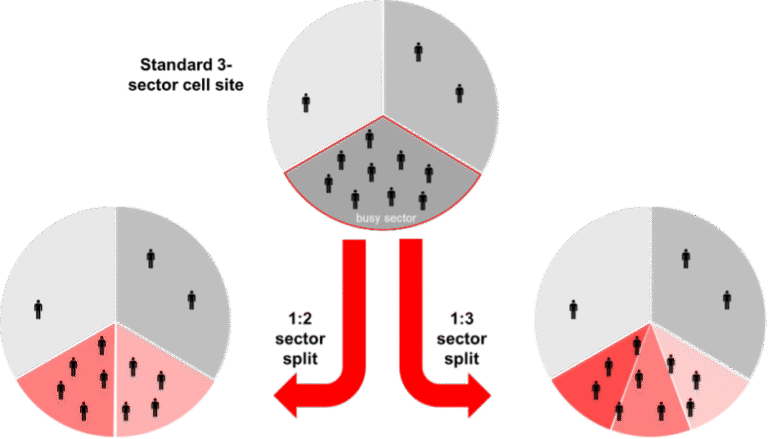
Avoid the costs of building a new site
Sector splitting is a far quicker and cost-effective option than adding a new site, whether the site is a macrocell, microcell, or picocell. Sector-splitting leverages the existing site infrastructure, so it avoids many costs associated with building a new site including:
- • Site acquisition & permitting
- • Construction & project management
- • Site preparation and commissioning
- • Operating costs including fiber fronthaul/backhaul, rent, and insurance
New Multi-Beam antennas
Recently Dengyo launched its new line of Luneburg lens antennas, with multi-beam options. A multi-beam antenna splits a sector into 2, 3, or 4 sectors so that multiple antennas are not needed. Radios are then added to the new, smaller sectors to add capacity.
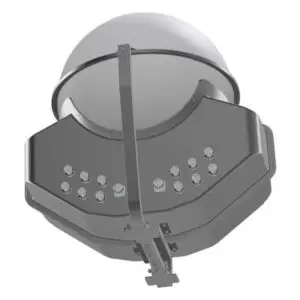
Luneburg Lens Antenna
• Splits one sector into multiple sectors with a varying beamwidth by frequency band.
• High beam isolation to prevent interference
• Excellent spectral efficiency
Horizontal Pattern
Radiation Pattern (1880-2025MHZ)
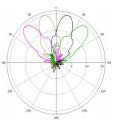
Horizontal Pattern
Horizontal Pattern
Radiation Pattern (1710-1830MHZ)
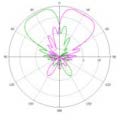
Horizontal Pattern
Radiation Pattern (885-960MHZ)
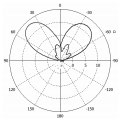
Radiation Pattern (703-798MHZ)
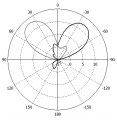
For more information on Dengyo’s multi-sector lens antennas, please visit

